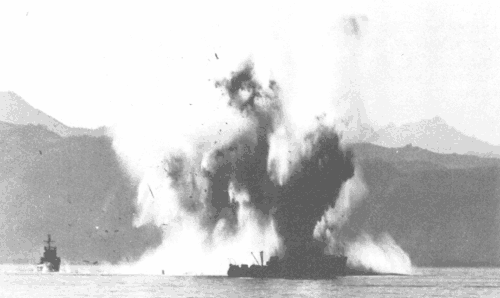Before daylight on Sunday, June 25, 1950, Kim Il Sung, the North Korean Premier, hurled eight veteran Infantry divisions South across the 38th parallel. Led by 120 Soviet T34 medium tanks and extensive mobile artillery they quickly crushed the valiant South Korean defenders, and butchered their way down the peninsula until stopped by United Nations forces at the Pusan Perimeter. General MacArthur counter-attacked with our Marines at Inchon, far behind North Korean lines, routed them, and our Eighth Army struck back across the parallel almost to the Yalu river and China. But, in November 1950, China entered the war with a veteran army, already victorious in one of the most decisive battles in history at Huai-Hai. Trapping 500,000 Chinese Nationalists in 1949 during their civil war they had killed or captured them all, without control of the air. Our armies were ambushed and again driven deep back into South Korea. Many of the United Nations fought at our side, for example the British Commonwealth, France and Turkey. Our Chinese enemy was skillful, brave and resourceful. The cruel murder of countless civilians and POWs will forever dishonor North Korea, but overall both sides fought well and courageously. The battle-lines raged back and forth, but by mid-1951 settled roughly along the original Korean border, in about the same positions the armies fought over for the next two years until the Cease-Fire. | 

